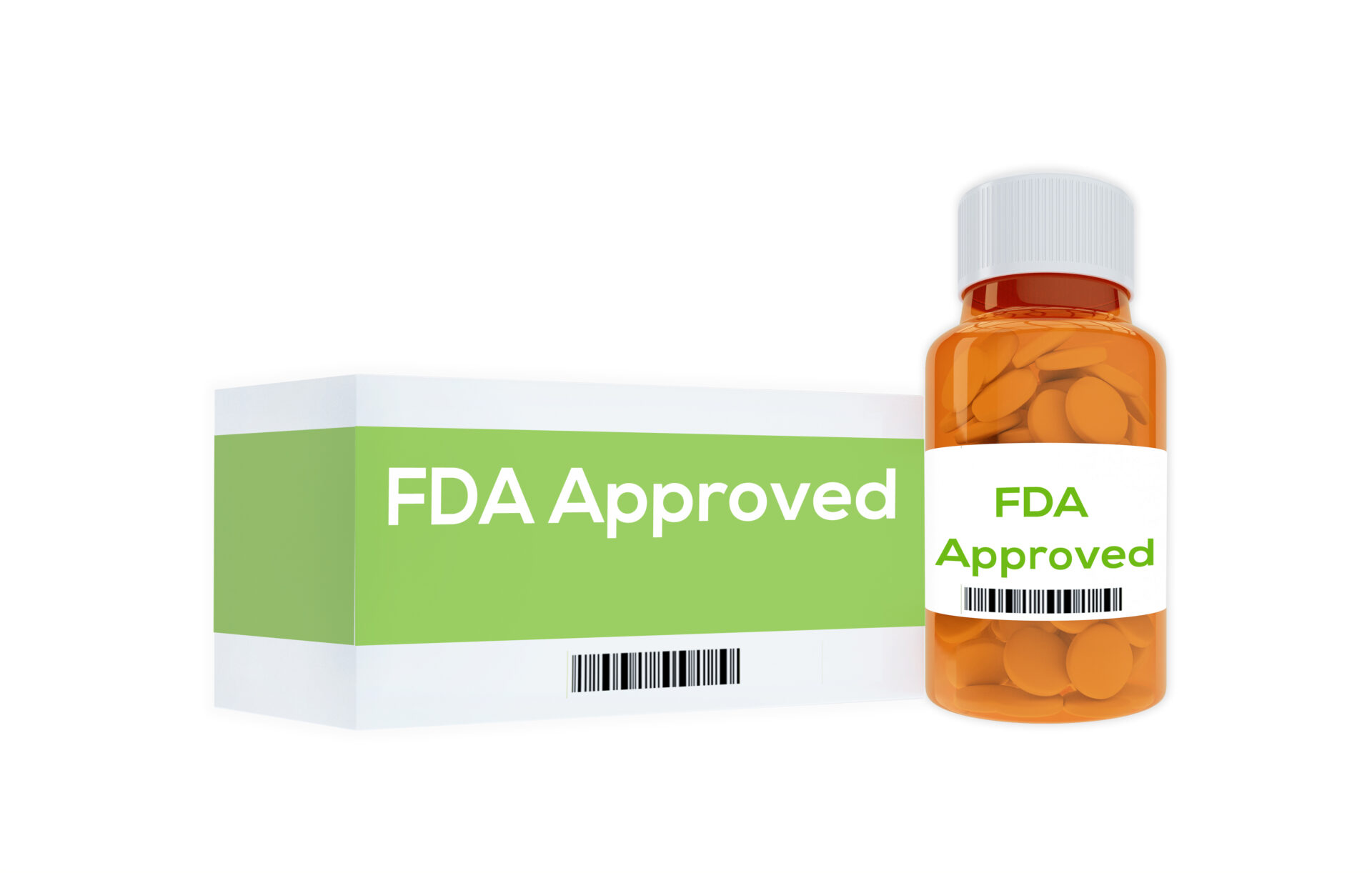
TL;DR
- Structured Product Labeling (SPL) is the FDA’s approved standard for communicating product and quality information.
- SPL is based on XML.
- If managed well, SPL is easily maintained even if there are many changes to a drugs product information.
What is Structured Product Labeling?
Structured Product Labeling (SPL) is the FDA’s adopted standard for communicating product and quality information.
SPL includes very important information like controlled compliant components, ingredients, ingredient strengths, dosage forms, routes of administration and much more.
SPL is an XML based standard with consistent structure and standard terminology aimed at improving the integrity of the product information and keeping patients safe.
What are the goals of SPL?
- Timely and accurate availability of product labeling information
- Review, storage, and distribution of labeling content
- Ensured human readability and machine processing for labeling content
Benefits of SPL
One of the primary reasons for implementing SPL is to ensure a uniform approach to the labeling of content. With the use of a structured format, improvements can be made to the entire manufacturing and labeling process by health authorities and industries. This especially comes into play when drugs are modified or changed.
A decent sized Pharmaceutical company could have 5-15 new drugs released every year but could easily have 100X that amount of changes to current drugs in their portfolio. When managed well, SPL can provide significant benefits across time, cost, quality and compliance to help companies manage cascading effects of drug updates.
What is in SPL?
SPL documents contain both the content of labeling (all text, tables and figures) for a product along with additional machine readable information (including drug listing data elements and clinical data elements). Drug listing data elements include coded information about the product (including product and generic names, ingredients, ingredient strengths, dosage forms, routes of administration, appearance, DEA schedule) and the packaging (package quantity and type). Clinical data elements include coded information about the clinical use of the product (including indications and use, contraindications, drug interactions, warning and precautions and use in special populations).
Structured Product Labeling Solutions
Like anything else, you can hire people to help manage the compliant requirements the FDA imposes on SPL.
At Glemser we take a “build it once and use it many” approach. We also make it simple for our clients to manage the 2 most difficult areas of SPL:
- Managing updates to drugs from lab to patient to regulatory submission
- Managing submissions for each country and their unique requirements


